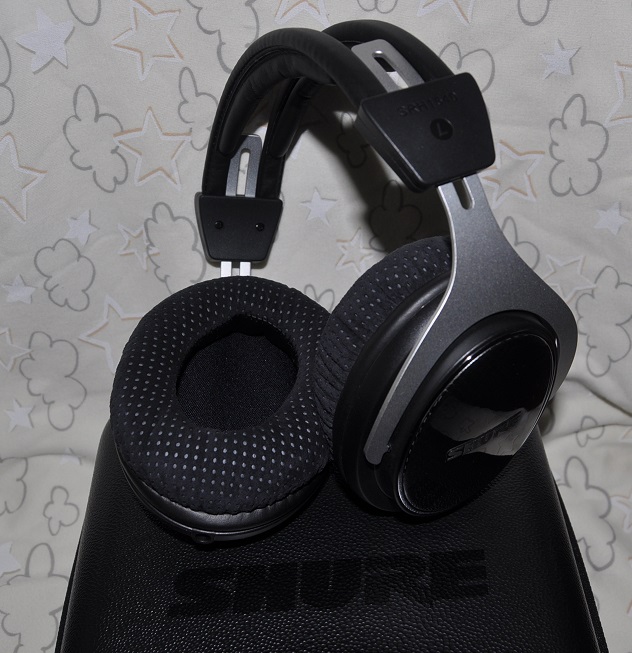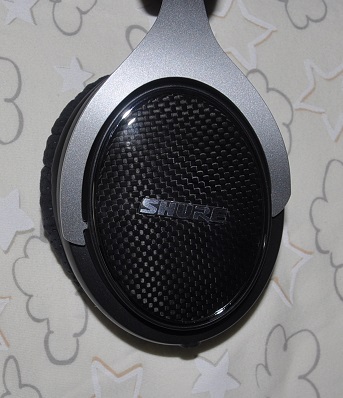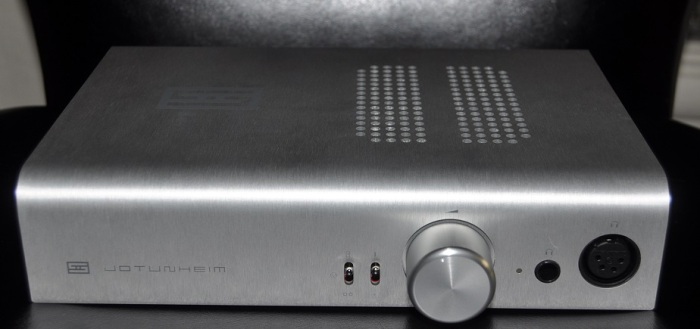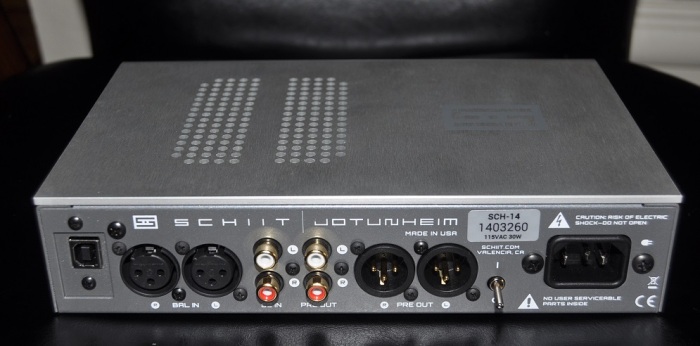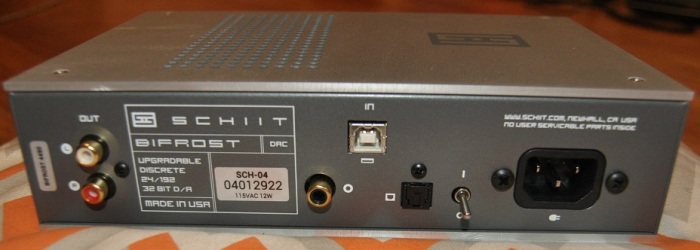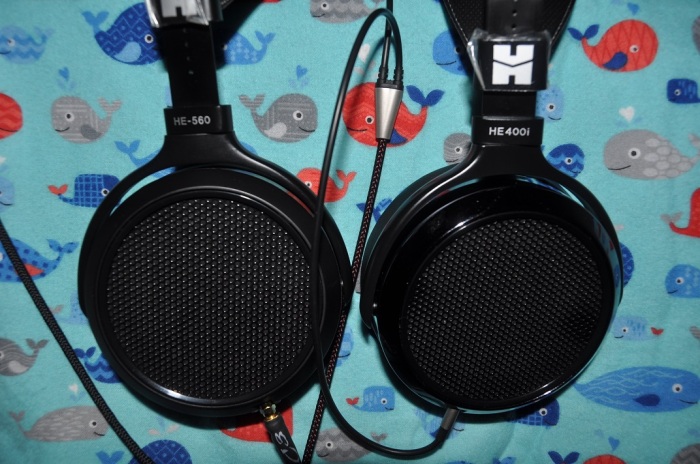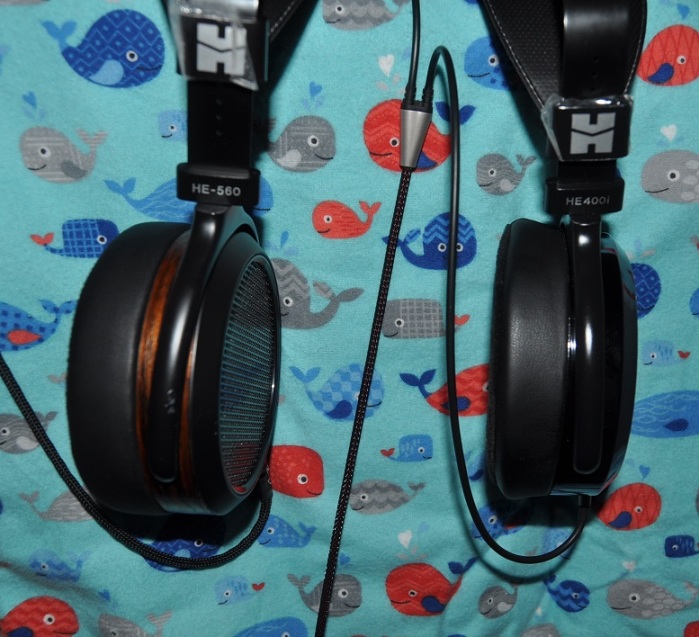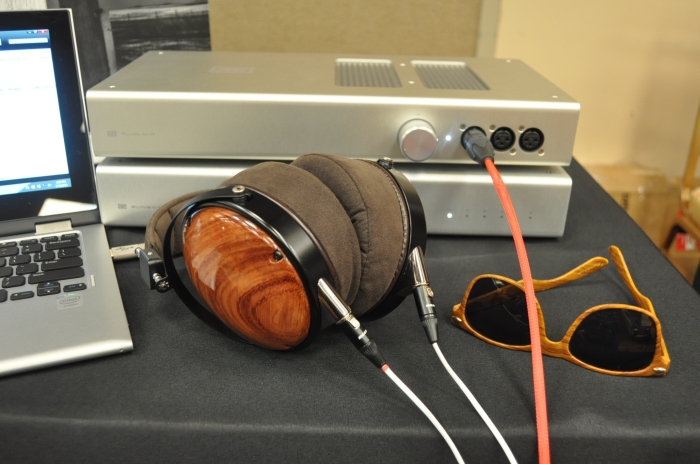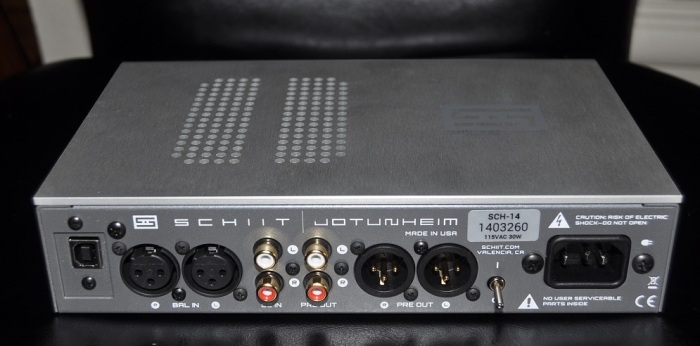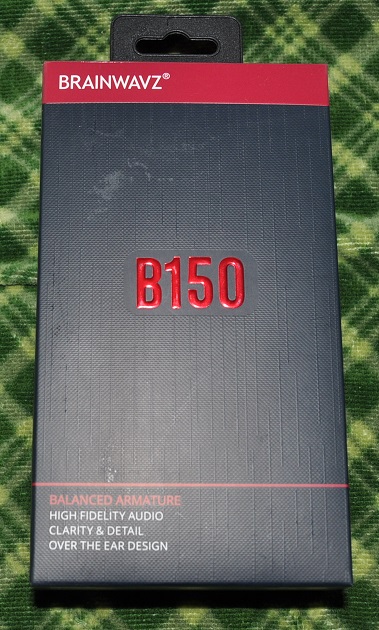
SPECS:
Drivers Single Balanced Armature
Rated Impedance 30 Ω
Frequency Range 16 Hz ~ 22 kHz
Sensitivity 105 dB at 1 mW
Cable 1.3 m Y-Cord, Over the ear, OFC Copper
Plug 3.5 mm, Gold plated
Warranty Card (24 month warranty)
WHERE TO BUY / COST:
http://www.brainwavzaudio.com/products/xfit-xf200-noise-isolating-sport-iem-earphones-w-3-button-remote-microphone
$109 new
OVERVIEW
Happy New Year and welcome to 2017. This year brings some new gear among this the Brainwavz B150 which is a single-driver balanced armature IEM. The B150 delivers deep impactful bass, an enjoyable and up-front midrange, with enough extension into the treble to reproduce cymbals and chimes without hiding them or killing them off.
AESTHETICS
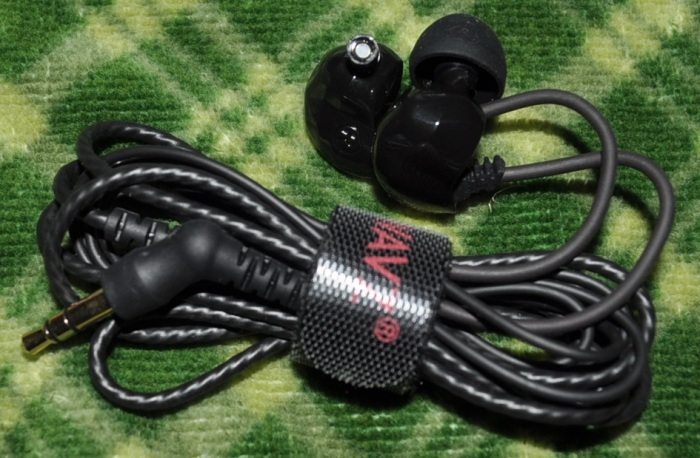
The B150 keeps the usual Brainwavz benefits. A cable cinch, a shirt clip, the 45-degree angled jackplug, and many tips including a pair of red Comply foam tips. Also included is a hard carrying case that can fit easily into a large pocket or a backpack. What I enjoy the most about the aesthetic design is the small driver body and narrow nozzles which make it one of the most comfortable IEMs I have reviewed. If you have large ears you may find the fit difficult because the housings are small.
The cable splits into a Y about 8 inches from the IEMs and this is where the cable cinch is hidden. Stemming out of each IEM is a 2-inch strip of memory cable which adds to the durability and makes wrapping the cable up and around the ear easy. I had no problems plugging the jack plug into any of my devices including an iPod Touch and various adapters.
ACOUSTICS
I hesitated to review the B150 because the M100 sounded terrible and made me lose faith in Brainwavz. Quality Control should have easily prevented the M100 from reaching market. It was too bassy, no upper treble, and included a terrible mic. It was so bad that I felt obligated to review it and keep people from investing in such a poorly made / designed IEM. The B150 I can proudly report has none of the aforementioned issues.
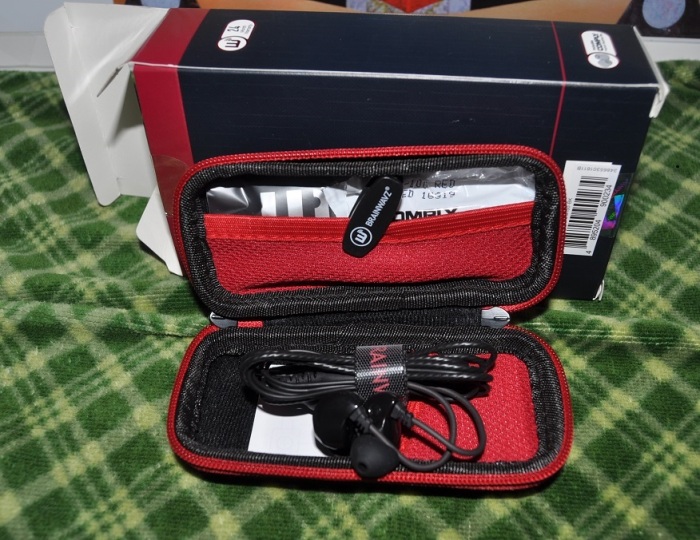
Unamped: Oddly some IEMs sound better unamped. Perhaps this is because it allows the IEM’s sound signature to be over-emphasized which if done well is great when listening to a portable. Travel is rarely the ideal place to conduct critical listening so I prefer a little emphasis on the bass and treble without overbearingly messing with the midrange. The B150 does sound more fun unamped. The bass is more loose and impactful, but the midrange develops some uneveness unamped so it is a definite trade off. Luckily the treble extends enough to catch the metallic sound of a guitar string, cymbals, and chimes. The IEM does not lose that all important detail.
I grabbed my iPod Touch and immediately turned on Cateau Marmount by Masion Klaus from the Solar Apex –EP. Something did not sound right so I slowly crept up the volume and at about 50% volume this track came alive. It remained engaging and the detail of the guitar, the up-front midrange, and treble all delivered the emotional response that this track encompasses. The B150 is like the Sennheiser HD650 and D600 in that it needs a little more volume to sound its best so be sure to turn it up a bit to get the most out of it!
How low does the B150 rumble? Kick on Unearthly by Mahoroba on the Space Fly. Vol, 1 –A Magic Chill Trip ( by Frank Borell ) to find out. The low notes will give your ears a nice refreshing oscillation. Perhaps too up-front for some listeners the B150 may sound fatiguing at higher volumes with certain tracks, but nothing that cannot be attenuated with a click of the volume button.
Does it deliver a distortion-free midrange? For this I turn to Maroon’s Can’t Stop on the It Won’t Be Soon Before Long album. This track I always use to test midrange issues especially on multidriver IEMs. If there’s a crossover issues or there is excessive distortion this track will reveal it. I am happy to report that it sounds clear albeit a wall of sound, but no distortion detected!
Now, how about the treble? Lose the chimes? In Entry into the Great Hall / The Banquest from the Harry Potter Soundtrack the chimes are easily heard over the rest of orchestra. Even some of the reverb is picked up which is unusual for a bassy IEM like the B150. You are not going to be missing much on the high end with this IEM so be sure to throw any type of music at it.
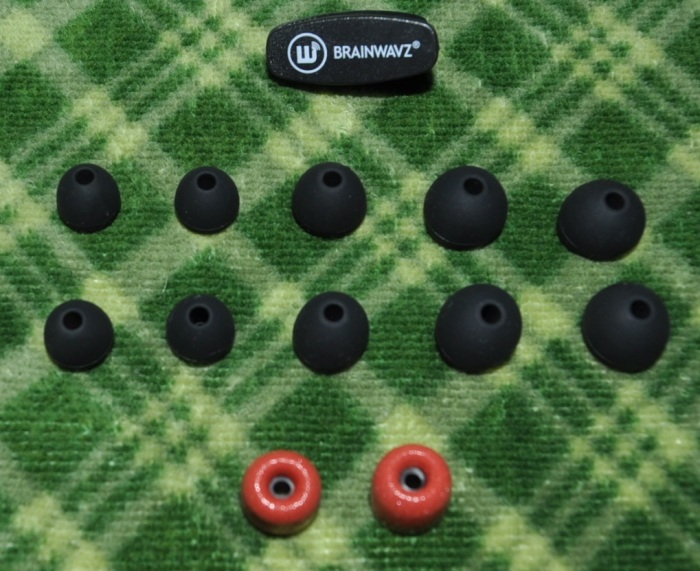
Amped: I drove the B150 with the BUDA amp fed via a Schiit Bifrost DAC. This is my end game setup as I found it performs at extremely high levels. I first selected low gain mode because the impedance is only 30 Ohms and the sensitivity a healthy 105dB / mW. Strangely I found the volume knob creeping up almost to 50% with most reference tracks. I wonder if the sensitivity is not a little lower than Brainwavz is reporting because at 105dB / mW the volume should not need to be this high.
Listening to Damien Rice’s O (Deluxe Version) on the Older Chests album reveals harshness in the midrange not heard on a portable. Swapping to medium gain smooths out the midrange issues and adds some fun to the bass. I recommend playing with the gain settings on your amp to get the most out of the B150 especially if you prefer a more fun-sounding IEM over something more critical. Certainly there are times for either.
I do prefer the B150 from a portable, but it does sound good enough to be trusted through a good amp. I would not hesitate to listen to it in either instance, but if you are after a more fun sound go portable.
DURABILITY
I find it relevant to mention possible durability issues with the B150. Although it does attempt to strain relieve the cable both at the jackplug and IEM body I feel that the there should be more reinforcement in these areas for a $100+ IEM. I fear that users on the move may snag the IEM a few times and ruin the cable which is sadly the fate of so many good sounding IEMs. The design is unlikely to change so I really would like to see the price fall to $75 where I find the B150 more suited due to the durability concerns, but the sound is well worth the $109 price tag.
CONCLUSION
If like me you were burned by the Brainwavz M100 and hesitate to give anything new a try the B150 should be on your “last try” list. With its wonderfully fun and balanced sound signature, although mildly bassy at times, it competes well against IEMs at twice its price like the Telos Acoustics Fujisan. The tip selection is excellent and accessories thought out. No mic is includes so even though you cannot make calls with the B150 you also do not have to worry about trying to communicate with a bad mic. The B150 is a music lovers IEM. If you are extra hard on your gear you may want to shy away from the B150 as it does feel light in the durability department, but if you take care of them and keep them gently tucked away in the hard case when not in use I see no reason they will not last a few years.
